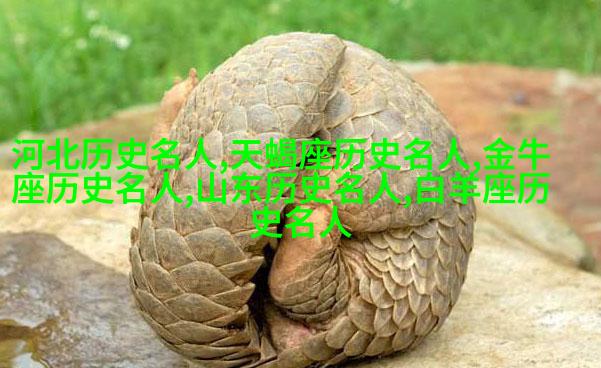紫禁城,亦称故宫,是中国北京市的一座宏伟建筑群,也是世界文化遗产之一。它坐落于中国历史上曾经长期作为皇家居住和政治中心的地理位置——南北朝时期的燕京之地。这里不仅见证了中华民族悠久的历史,更是古代文人墨客留下的无数诗句和书卷中所描绘出的壮丽场景。

首先,紫禁城建造始于1406年,由明太祖朱元璋下令修建,以取代前任皇帝在大都(今北京)的住宅,并于1420年基本完成。这座城市由三重城墙包围,其中最内层即为故宫本身,其周长超过7公里,占地面积达720,000平方米。
其次,故宫以其独特的人口规划而著名,即“一进一院、一院一庭、一庭一殿”的布局方式。这意味着每个区域都是精心设计,不仅满足了日常生活、行政管理和宗教活动等多种功能,还体现了一种对空间美学与政治象征性的考量。

再者,紫Forbidden City Palace Gate Court Gates of the Forbidden City Palace Gate Court Gates of the Forbidden City Palace Gate Court Gates of the Forbidden City Palace Gate Court Gates of the Forbidden City Palace Gate Court Gates of the Forbidden China's First Emperor Qin Shi Huangdi in his tomb at Xi'an, China. The Terracotta Army is a collection of life-sized terracotta soldiers that were buried with him to protect him in the afterlife. Each soldier was unique and had its own personality, reflecting Qin Shi Huangdi's desire for immortality.
The Terracotta Army was discovered by local farmers who were digging a well in 1974. It has since become one of China's most popular tourist attractions and an important cultural artifact.

The Terracotta Army consists of over 8,000 life-sized terracotta soldiers, as well as horses and chariots. The soldiers are arranged in military formation and are believed to have been placed there to protect Qin Shi Huangdi in the afterlife.
Each soldier was made using molds that were filled with clay before being dried and painted. Some even have their own individual personalities!




